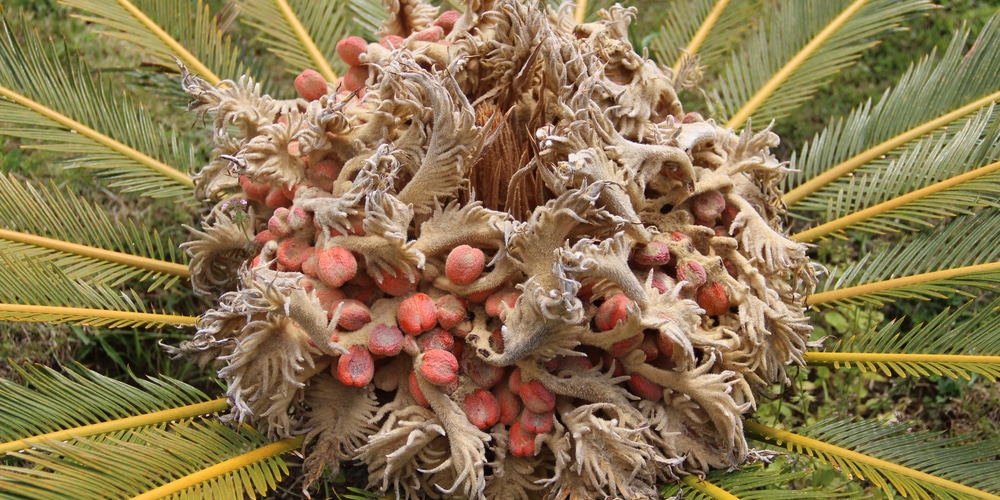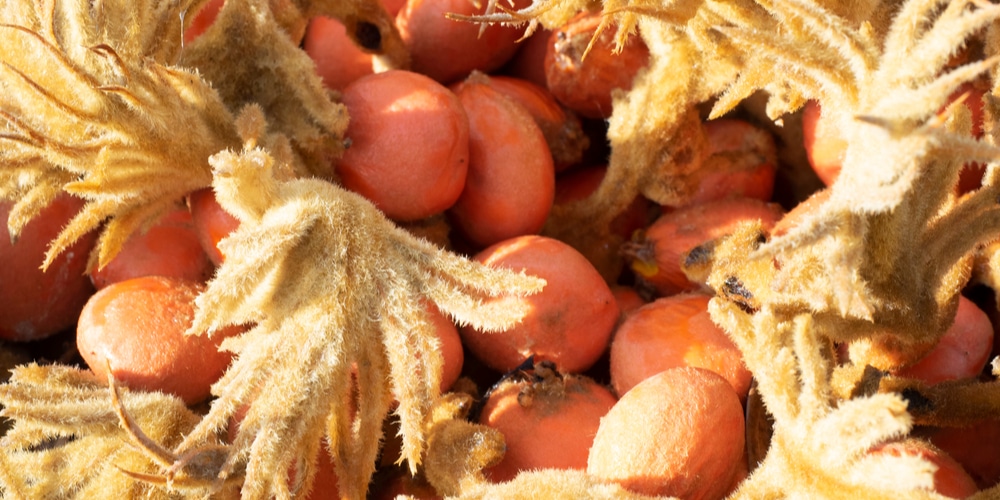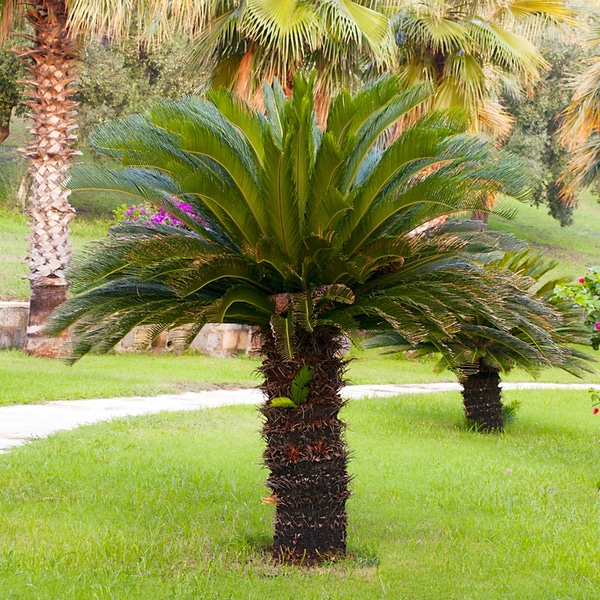Sago Palm may look like small traditional palm trees, but they’re actually a different species. Cycas revoluta are low-growing plants found in warm climates, and the good news is that they can be grown in containers and require very little maintenance.
If you want to do something rewarding with Sago Palm you can try to start one from seed. Here’s a short guide on how to plant sago palm seeds.
Can You Grow Sago Palm From Seeds?
It’s true that you can grow sago palms starting from seed, but it takes a long time for the seed to germinate. What’s more, there’s a chance that the seed won’t germinate if you get it from a non-reputable seller.
Planting Sago Palm seeds begins at the selection process. You can collect seeds or purchase them at a nursery, but it’s worth noting that you have to wear gloves while doing so because sago palms are toxic.
True sago palm seeds will have a deep orange to somewhat reddish color, with an outer husk that you’ll need to remove before you plant them. Viable seeds are formed only when both male and female sago palms are present, but then you can check which ones can grow using a simple technique.
To check for seed viability, fill a small bowl with warm water and place the seeds in them. Discard floating seeds and plant the ones that sink to the bottom as they are viable and will grow when you successfully germinate them.
How to Plant Sago Palm Seeds
It’s recommended that you soak your sago palm seeds in water for 24 hours to soften the fruit wall and make it easier to remove.
If after 24 hours and the outer coating still hasn’t softened, then you can extend the soaking period. You can give it a good wash with a bleach solution containing 1 part bleach and 10 parts water to keep away bacteria.
After removing the outer coat the sago palm seed should exhibit a mild brown color similar to almonds.. Set it aside and prepare your growing medium next.
Instead of a traditional pot you can start or plant sago palm seeds in a shallow tray or container and set them on their side. Your media should be mostly sandy starting soil mix. Cover the seeds with it until only a third can be seen above. Tamp down the surface then give it a good drink.
Place the seed tray or container in a warm and humid environment indoors. The temperature should not go below 21 degrees C, or 70 degrees F for the seed to start germinating. It’s also important that you keep the soil consistently moist- you can put a layer of plastic wrap on top to conserve moisture so you won’t have to water ever so often.
The key to planting sago palm seeds is patience. As with large seeds, sago palm can take up to three months to grow into a seedling. To encourage faster germination and growth you should maintain a temperature of 70 to 100 degrees F and keep the soil moist. Once the seed sprouts you can remove the plastic layer and move it to a warmer location with at least 75 degrees F temperature.
Sago Palm Tree Care and Growth Requirements
Sago Palm can be placed in your yard or garden or as a container in both indoor and outdoor landscapes.
Watering
The easy-to-grow plant doesn’t need too much in terms of watering, but they do need at least a bright location. For full growth it’s recommended that you give them 5 to 7 hours of direct sunlight daily. Indoors, they’re best kept in a West or South-facing window.
Soil
Well-draining sandy soil works best for the tropical plant. You can use gravel, sand or perlite, or a cactus potting mix so you won’t have to do extra work. Fertilization is not required but you can wait until the plant is established to add organic matter such as compost.
The best container for a sago palm tree is one that’s one size bigger than its root ball. They’re slow growers and like their roots crowded, which means you typically don’t have to repot every one or two years.


